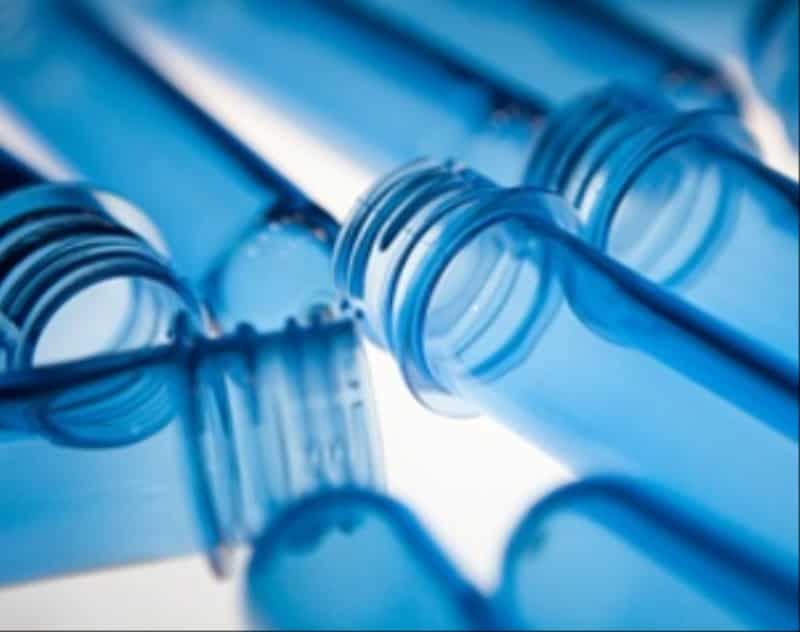Post-consumer PET
Crude Oil Prices Trend
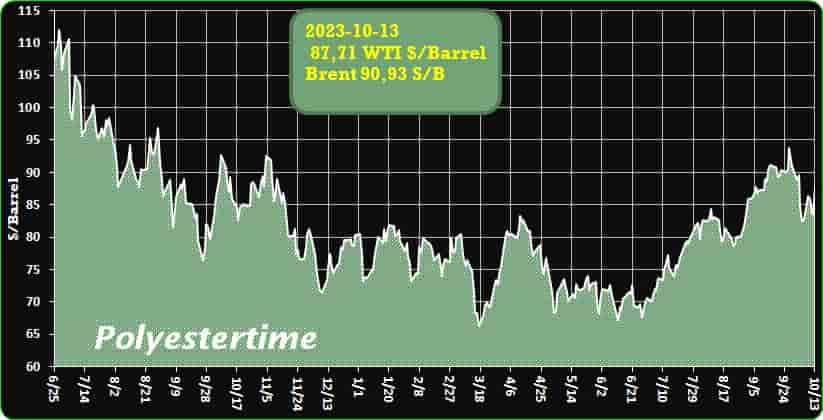
Crude Oil Prices Trend by Polyestertime
RadiciGroup Inaugurates New Production Facility in India
With a commercial presence dating back to 2006, RadiciGroup has marked a significant milestone by opening its first industrial facility in India, consolidating its commitment to the Asian continent. The establishment in Halol, Gujarat, is a substantial investment, occupying over 100 employees and encompassing an expansive 19,000 square meters, with a remarkable 11,000 square meters dedicated to the production of technopolymers. These technopolymers serve as fundamental components for various sectors, including automotive, electrical/electronic, consumer/industrial goods, and telecommunications.
The decision to establish a manufacturing base in India is the result of more than 15 years of commercial engagement in the country, providing invaluable insights into the local market. Over time, RadiciGroup High Performance Polymers has evolved into a key partner for numerous clients in the region, and the new facility equips the company to tackle global challenges more effectively.
Maurizio Radici, Vice President of RadiciGroup, remarked, “This is a historic moment for us. Now, we have a manufacturing presence in India, which becomes an integral part of the global production network of RadiciGroup High Performance Polymers, supported by seven other facilities and numerous commercial locations across Europe, America, and Asia. From the beginning, we envisioned expanding our roots worldwide, with the goal of being close to our global and local customers, collaboratively developing high-quality products and innovative solutions for the market. The opening of this plant underscores the success of this vision and represents the long-term commitment we, as shareholders, have in the Indian region.”
India is a market where a strong presence is essential to capture growth in sectors that require short and responsive supply chains. Federico Percassi, Country Manager India of RadiciGroup High Performance Polymers, emphasizes, “With this facility, we can respond much more rapidly to our customers’ needs. It allows us to shorten material development and supply times by developing tailor-made solutions on-site, leveraging the expertise of our Indian specialists while continuing to benefit from the support of the global structure. I am confident that, through teamwork, valuable synergies will be created, fostering mutual growth. Moreover, the new facility is located in an area that can accommodate increases in production capacity should the need arise to harness the growth potential of not only the Indian market.”
The Halol site is an addition to the facility inaugurated in Suzhou, China, just last April. This marks another step in RadiciGroup’s internationalization journey, aimed at strengthening the Group’s footprint throughout the Asian continent. The strategy is to serve diverse markets punctually and efficiently, following a proximity-driven approach that positions the company close to the industrial realities of its clients.
Federico Percassi adds, “In addition to the over 100 people at the new Halol site, Radici Plastics India PVT LTD has around 30 other professionals located in various Indian cities, covering the entire country. The company also has two large warehouses and a commercial office. We hope that further opportunities for development and market growth will emerge, contributing to the success of the entire RadiciGroup High Performance Polymers Business Area.”
The inauguration of the Halol facility signifies RadiciGroup’s commitment to long-term growth in India, supporting the region with high-quality technopolymers and customized solutions across various industries. With its extensive experience and dedication to global and local clients, RadiciGroup is well-positioned to navigate the challenges and opportunities that lie ahead in the dynamic Indian market.
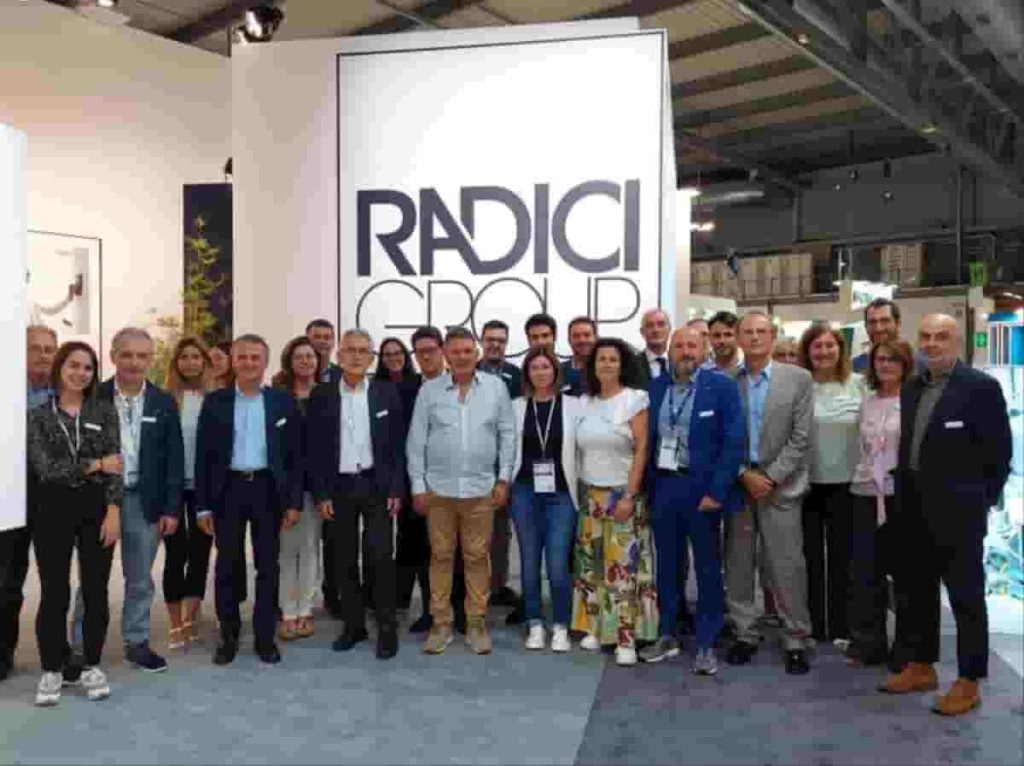
thyssenkrupp Uhde inks service contract with Hive Energy for Spanish green hydrogen plant
thyssenkrupp Uhde has been engaged by Hive Energy Limited to deliver a pre-FEED to support the development of Hive’s first green hydrogen / ammonia production plant in Spain. The pre-FEED was awarded following a comprehensive techno-economic study for the power-to-ammonia facility, which was performed in 2022 using thyssenkrupp Uhde’s proprietary RHAMFS methodology.
The key goal of the pre-FEED is to enhance the technical concept and commence key engineering activities for the plant. thyssenkrupp Uhde will base the pre-FEED on its dynamic uhde ammonia synthesis technology, which has been specifically developed to tackle the unique challenges of dynamic ammonia production and will also provide integration engineering for the process facility. The pre-FEED will allow Hive Energy to advance through the subsequent commercial and regulatory phases of the project development. Post-consumer PET
Dr. Cord Landsmann, CEO thyssenkrupp Uhde, said: “We at thyssenkrupp Uhde are making a significant contribution to the green transformation. With our technologies and new partnerships like this one with Hive Energy Limited, we are building a sound business case for this groundbreaking green energy project. This marks another important step towards the sustainable and climate-friendly production of green ammonia.”
Shirvine Zhang, Head of Hydrogen and Hybrid Energy at Hive Energy Limited, commented: “Hive’s mission is to implement sustainable and clean technologies to mitigate the impact of climate change. We look forward to progressing this project with world-class and equally climate-minded companies, like thyssenkrupp Uhde, to support the energy transition.”
More…
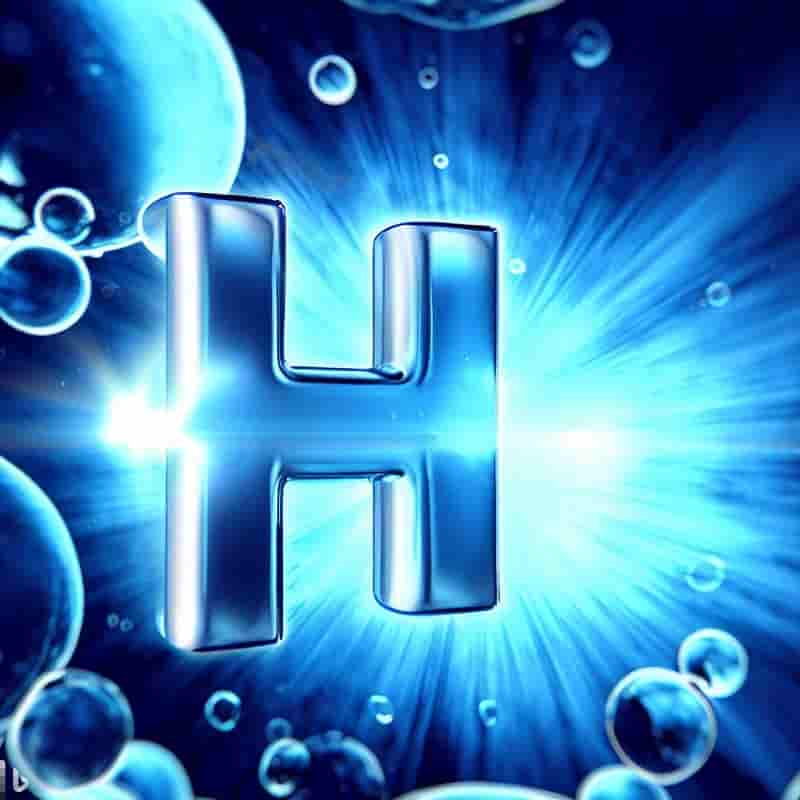
After Tesla, other manufacturers turned to Idra from Brescia(Italy) to obtain gigantic body molding machines
Tesla has shown the way for megacasting, the creation of large body parts for electric cars in one go. It did so thanks to the Giga Presses created by Idra, an Italian company based in the province of Brescia.
Now those same Giga Presses will also be used by Hyundai and Ford. The House of the Blue Oval, in particular, asked for the creation of a Giga Press which is currently being tested and fine-tuned in the Idra factories in Brescia. Post-consumer PET
We start with 6,000 tons
Ford’s Giga Press, complete with the American manufacturer’s logo printed on it, is identified by the acronym 6,100, which indicates a power of 6,000 tons. The new Giga Press was also shown to a selected audience of industry experts during an event organized by Idra at its headquarters.
During the event, Idra technicians also put into operation another Giga Press, even larger, with a power of 9,000 tons. This one, unlike the other, was not “branded”. Two similar machines, also produced by the Brescia company, were sent to Tesla (which already has 14 from Giga Press) for the production of the Cybertruck. Post-consumer PET
Idra, up to now, has signed 25 contracts for as many Giga Press. It has already produced and delivered 21. Among the customers, in addition to Tesla and Ford, there is also Hyundai, which has understood the advantages of this production method and which, in addition to the Italian Giga Presses, is working to develop its own.
The other Giga Press coming soon
Among the companies that are updating their lines to introduce presses with similar performance (and dimensions) is Zeekr, a brand owned by Geely, which will be able to eliminate as many as 800 welding points thanks to the molding of larger components.
Volvo also ordered two Giga Presses, but they are produced in Switzerland by Bulher. To these are also added NIO, General Motors, Toyota and Volkswagen: each with its own times and suppliers.
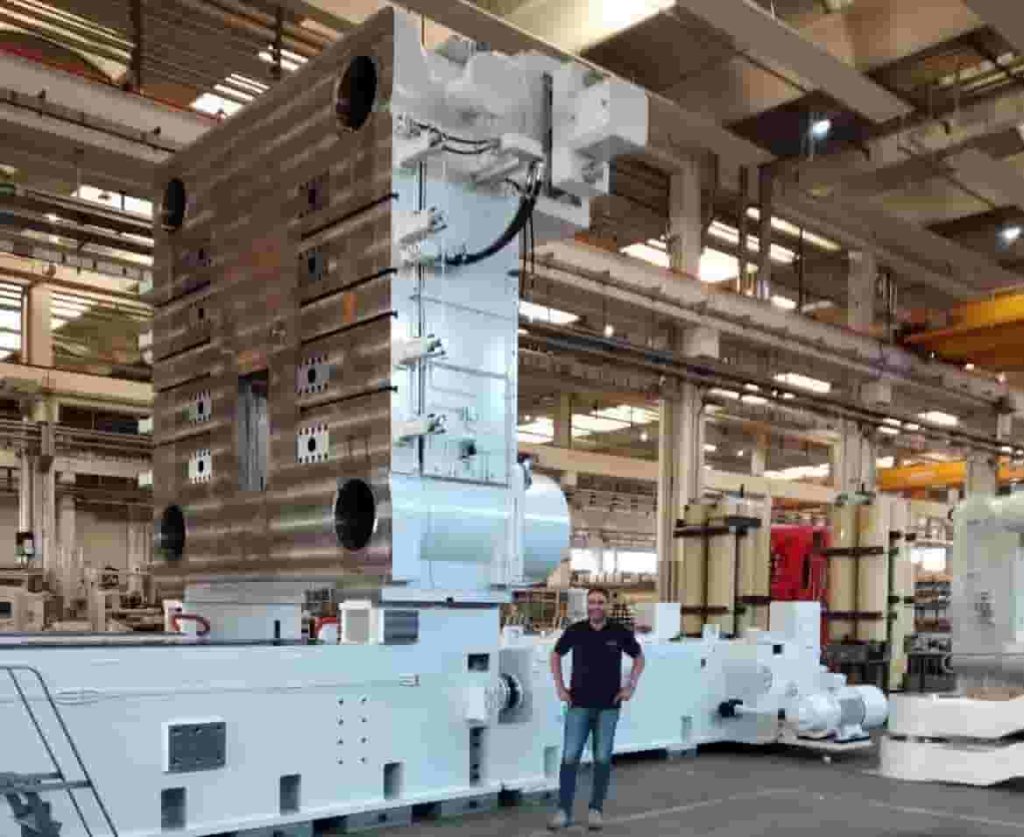
Advanced Battery Technologies (ABAT) Announces Start of Operations at its Recycling Facility in Nevada
American Battery Technology Company , an integrated critical battery materials company that is commercializing its technologies for both primary battery minerals manufacturing and secondary minerals lithium-ion battery recycling, announced the operational start-up of its commercial-scale, lithium-ion battery recycling facility located in the Tahoe-Reno Industrial Center (TRIC) in McCarran, Nevada, initiating implementation of its first-of-kind lithium-ion battery recycling technologies at an industrial scale.
“We are excited to have achieved this major milestone and to now be generating commercial-scale quantities of domestic recycled battery metal products,” stated ABTC CEO Ryan Melsert. “By securing our move-in-ready industrial facility in early 2023, we were able to greatly accelerate our timeline to operations, and the last step of receiving approvals for the updated operational permits for our specific internally-developed processes were received over the past week.” Post-consumer PET
ABTC’s first-of-kind integrated battery recycling system utilizes a strategic de-manufacturing and targeted chemical extraction train in order to recover battery materials with high yields, low cost, and with a low environmental footprint. These processes are fundamentally different than conventional methods of battery recycling, which utilize high temperature furnaces, such as in smelting operations, or non-strategic shredding or grinding systems. The ABTC system results in efficient separation, recovery, and purification of high-value battery-grade products with less environmental impact and greater cost efficiencies than conventional methods.
This commercial facility has the capacity to process over 20,000 metric tonnes of battery feedstock materials per year when fully ramped, and this first phase of operations will process these battery feedstock materials into recycled products including copper, aluminum, steel, a lithium intermediate, and a black mass intermediate material that will be sold through an already executed marketing agreement with the global metals trader TechMet-Mercuria. Post-consumer PET
Once the second phase of this integrated recycling facility is operational, this lithium intermediate will be further refined into a battery grade lithium hydroxide product, and the black mass intermediate material will be further refined into battery grade nickel, cobalt, manganese, and lithium hydroxide products.
“Our research & development, engineering, project management, and operations teams have been working with the commissioning of this facility as our highest priority, and we are proud to have accelerated our timelines to have installed our first piece of equipment within a month of gaining access to this new site, and to now have begun commercial operations less than six months later,” stated Andrés Meza, chief operating officer for American Battery Technology Company. “We appreciate Storey County and Nevada Department of Environmental Protection (NDEP) in their work to permit and establish these processes, and we look forward to our continued engagements as we move through operations.” Post-consumer PET
More…
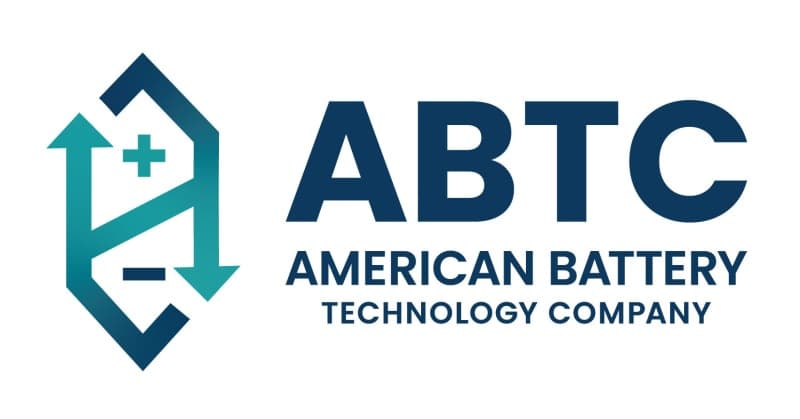 PET recycling in Brazil
PET recycling in Brazil
SGR deploys new flake analyser for post-consumer PET
The analyser utilises a combination of infrared radiation, AI, and colour identification to map the rPET.
France-based Société Générale de Recyclage (SGR) has announced the deployment of a new analyser for post-consumer polyethylene terephthalate (PET) flakes.
The new 4.0 analysis tool from Canadian manufacturer Eagle Vizion will allow the company to produce premium-quality recycled PET (rPET) for its customers in the food industry.
The equipment, named Flake Analyzer, is intended for the analysis of post-consumer polymers. Post-consumer PET
SGR has an annual production capacity of 12,000 tonnes of rPET for the food industry.
Dubbed CIRPET, the company’s produced rPET received a positive opinion from the European Food Safety Authority last year.
Integrated directly into the CIRPET production line with continuous sample analysis, Flake Analyzer is used for validating flake purity in real time.
This identification of potential contaminants enables rapid automated responses when purity levels fluctuate.
The machine simultaneously utilises infrared identification, AI, and colour identification to map the material within the rPET.
Designed to detect each particle, the scalable system quantifies the different constituents of the rPET flow at parts per million precision. Post-consumer PET
According to SGR, rPET quality will be based on a combination of the initial purity of the inbound PET flakes and the efficiency of the sorters used to purify that stream.
SGR de Chalon-sur-Saône plant manager Jean-Marc Wiencek said: “We are giving ourselves the means to strengthen our position and offer the best possible quality of rPET to our customers, and above all consistent quality.”
More…
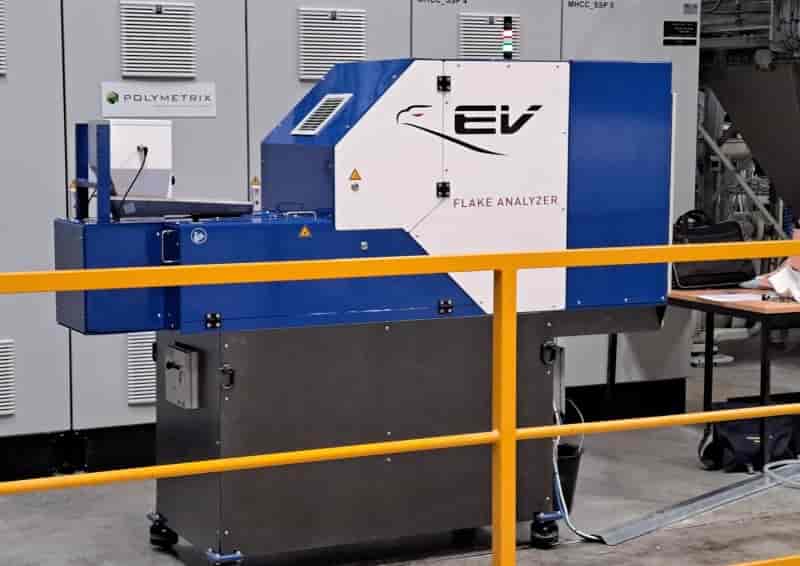
The secret to better batteries? A different software management
An advanced Battery Management System (BMS) can increase density, charging speed and duration more than “hardware” innovations
The world of lithium ion batteries is destined to experience years of great growth. According to a survey signed by IDTechEx, the sector will be worth 360 billion euros by 2034. The reason is clear: the number of electric cars in circulation will increase and, consequently, manufacturers will ask for more and more accumulators to power them.
With these prospects on the horizon, it is obvious that battery companies will look for ways to gain an advantage over the competition by working on innovative products. But when you think of batteries with better performance or technical characteristics, your mind immediately goes to the solid state, to particular chemistries, to innovative architectures (read Tesla 4680). Post-consumer PET
In truth, there is much more to pay attention to.
The Difference Between “Hardware” and “Software”
Let’s start from a general consideration. If you introduce a hardware innovation in the field of lithium ion batteries, you usually encounter a series of critical issues. First, large sums of money must be spent on the development and fine-tuning of that innovation. Second, you have to compromise somehow.
High-silicon anodes that can be used to replace graphite ones, for example, increase energy density and charging speed, but reduce lifetime. The solid electrolyte, however, can increase production costs.
However, there is a field in which great benefits can be obtained in terms of performance without necessarily having to face critical issues. It is that of the battery management software, or BMS (Battery Management System). Let’s see why.
The management of individual cells
Software engineers can improve multiple parameters of a battery by simply working (so to speak) on the control units that control the operation of the battery itself. With a better BMS, the energy density of a battery can be increased, its charging speed can be increased, its safety can be improved and its useful life can be extended.
Thanks to the software it will be possible to precisely monitor the health status of each individual cell that makes up a battery and it will be possible to modify the functioning of that single cell to optimize the functioning of the entire accumulator.
There are many companies that have understood that software will be the real secret ingredient for having better batteries, but all of them are only at the beginning of their journey. Certainly, names like Qnovo or Eatron Technologies, currently unknown to most, will soon end up being known globally. Post-consumer PET
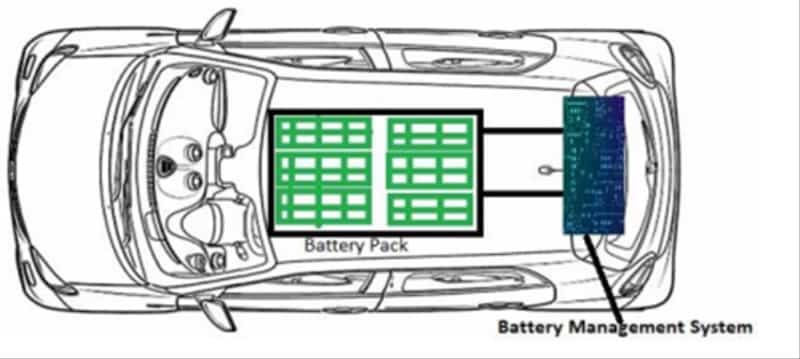
BASF Supplies Asahi Kasei’s ROICA With Biomass Balanced Tetrahydrofuran
BASF is supplying biomass balanced tetrahydrofuran (THF BMB)2 to the ROICA Division of Asahi Kasei Corporation (Asahi Kasei), a multinational Japanese company. Asahi Kasei will use BASF’s THF BMB to produce its mass balance grade premium sustainable stretch fiber under the ROICA™ brand. This collaboration aims to support the launch of a new sustainable apparel collection by Asahi Kasei’s customers.
ROICA™ supplies its mass balance (MB) stretch fiber as an option for most of its portfolio products. Post-consumer PET
The brand is making its debut in the market with MB stretch fibers and has already initiated discussions with several apparel manufacturers.
BASF’s THF BMB is recognized for its significant reduction in product carbon footprint compared to its standard grade of THF products. This is achieved by replacing a certain amount of fossil raw materials in the production with renewable feedstock in its Verbund setup. According to Asahi Kasei, utilizing BASF’s THF BMB can lead to an approximately 25% reduction in CO2 emissions compared to its existing products. Additionally, by introducing its own mass balance approach and renewable energy in the production, Asahi Kasei aims to further reduce CO2 emissions of its products by approximately 25%, resulting in a total reduction of CO2 emissions by approximately 50% compared to Asahi Kasei’s existing products.1 Without the need of large investments or changes to the product’s formulation, BASF’s THF BMB drop-in solution3 ensures identical quality and properties as the standard product. Post-consumer PET
Choon Nga Phua, Director, Business Management Diols & Derivatives, Intermediates Asia Pacific, BASF, said, “We are excited about the progress we have made in our sustainability partnership with Asahi Kasei. We see a growing trend in the adoption of more sustainable raw materials in the global apparel market. As a pioneer in the development of the biomass balance approach, we will support our customers in accelerating the transition to a lower-carbon, circular bio-economy and help consumers make informed purchasing decisions about more sustainable products, thereby fashioning a more sustainable textile value chain.”
“As one of the global leaders in the development and manufacturing of innovative materials, we view this as another step in our efforts to bring our business pillar of originality and sustainability together,” said Takehiro Kamiyama, Senior Executive Manager of ROICA Division, Life Innovation SBU, Asahi Kasei. Post-consumer PET
THF is a colorless, water-miscible liquid with an ether-like odor. In this case, THF is used to produce polytetrahydrofuran (PolyTHF®), which is a raw material for the production of highly elastic spandex and elastane fibers. Furthermore, THF serves as an organic solvent with intermediate polarity for organic substances and is used as a reaction medium or starting material for various syntheses.
More…
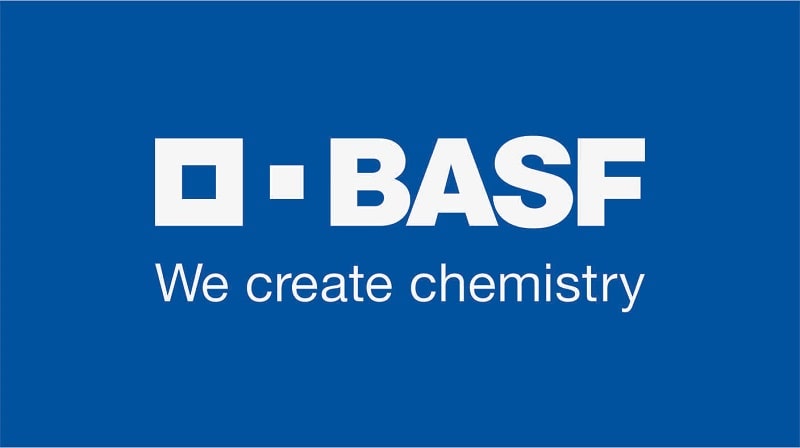
Biodegradable plastics – New Public-Private Partnerships Look to AI and Enzymes to Break Down Plastic and Textile Waste 12-10-2023
Post-consumer PET








 PET recycling in Brazil
PET recycling in Brazil